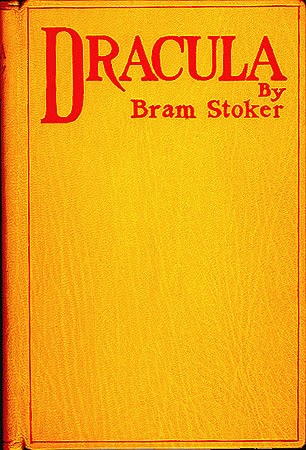The smuggling parson of Cornwall.
A nest of smugglers.
Talland church lies slightly east of the quaint Cornish fishing town of Polperro, it is a beautiful bay with golden sands and spectacular views, once there was a village at Talland, but it is no more, now all that can be seen is Talland church, high upon the headland with a commanding view.
 |
| Talland Bay. |
The churchyard is on two levels, the one nearest the church is much lower than the far end, tomb stones flank the path as you approach the church door and once inside the visitor is confronted with another stone which reads; ROBERT MARK late of Polperro, who unfortunately was shot at sea on the 24th day of January in the year of our Lord God 1802, in the 40th year of his age.
Robert Mark's sword was presented to the Polperro Heritage Museum of Smuggling and Fishing several years ago by the British Museum and is now on display in a glass case, an 80 year old descendant of Robert Mark was there to see the sword returned home.
Robert Mark's sword was presented to the Polperro Heritage Museum of Smuggling and Fishing several years ago by the British Museum and is now on display in a glass case, an 80 year old descendant of Robert Mark was there to see the sword returned home.
 |
| Entrance to Talland church. |
Talland bay was an obvious choice for contraband landings in the eighteenth and nineteenth centuries, quiet, secluded and perfect for landing the necessities such as salt for fish curing and the items that make life worth living but only the well off could afford such as brandy, tea, coffee, tobacco, playing cards and lace. This secluded bay was so good for the smugglers that the last known time it was used was on 17th September 1979, a six million pound haul of cannabis resin was seized, this was Operation Cyril which not only netted the drugs but in raids across North London it also led to thirteen arrests and the capture of the converted trawler "Guiding Lights".
 |
| "Guiding Lights" trawler. |
Only spirits are laid here to rest...
The Reverend Richard Dodge was the vicar of Talland church from 1713 to 1746, he is buried in the higher end of the churchyard, his inscription reads; Here lieth the body of the Rev Richard Dodge, late of Talland, vicar, who departed this life the 13th day of January 1746, in the 93rd year of his age".
The reverend Dodge soon got a reputation as a magician, according to local legend he could raise the dead at will and he was proficient in the ancient art of Rune lore, not something commonly taught to vicars I would imagine!! At night it was said the Reverend was seen to drive devils from the churchyard and with the aid of his horse whip he would chase the evil spirits down Bridals Lane and thus into the sea.
Such stories would keep prying eyes away, men dressed as devils and ghosts would keep curious God fearing people behind tightly fastened doors and windows, of course the only spirits around were being carried in casks.
Bridals Lane is a sunken path that begins on the beach and (after a murderously steep climb) comes out at Killigarth Manor, then it leads the walker on to Polperro, it is a very dark and creepy place to be, ghost stories abound, the most famous is called Tencreek's Grey Lady who walks the paths in the area especially Bridals Lane, no one knows who she was but I bet this as with many other coastal legends began as smugglers tales.
 |
| Bridals Lane, with a slightly ghostly figure on the left. |
 |
| A Victorian postcard. |
Richard Dodge was not the only questionable vicar at Talland, in 1812 a new vicar of decent Gentlemanly habits appeared, his name was the Reverend Thomas Whitmore.
He told the locals he had amassed a fortune and wished to settle down in a quiet parish, he was a very kind and hospitable man but people began to have doubts about him when his bank drafts were dishonoured at Zephaniah Job's bank in Polperro, soon those who had lent him money were knocking on his door and one night he disappeared......along with all the silver plate and valuables he could carry.
In 1814 a Polperro man was staying in Gloucester for a short time when he saw a well-known forger and conman called Robert Peacock executed on the city gallows, at once he recognized the man as the Reverend Thomas Whitmore!
When the news of this imposter reached Talland the new vicar Nicholas Kendall had to re-marry seven couples and re-baptise eight babies.
I have yet to find any proof that Russell Thorndike knew of the Rev Richard Dodge when he created Doctor Syn in 1915, he probably didn't, this also goes for Daphne Du Maurier's Reverend Francis Davey from her classic Jamaica Inn novel, it's quite gratifying to know there was a real life smuggler parson who outwitted the authorities, for unlike Doctor Syn Richard Dodge was never caught.........................
The song "Night Creatures (Dr Syn Phantom of the Marsh)" by Gladstone is available on downlaod here; Tales from the Jago.
The song "Night Creatures (Dr Syn Phantom of the Marsh)" by Gladstone is available on downlaod here; Tales from the Jago.

























